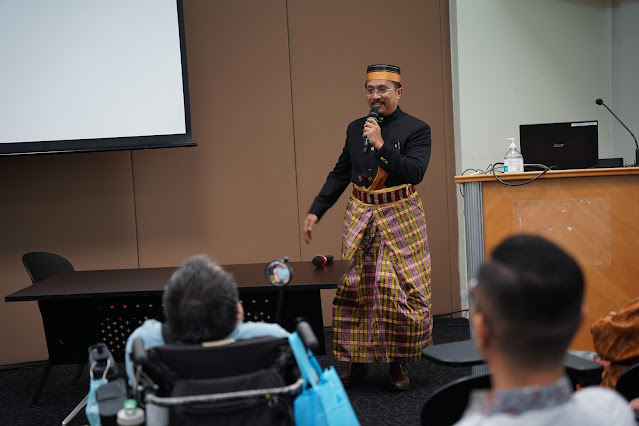Rail Corridor 22km Heritage Walk: 28th June 2025
Today we completed our Half Marathon Heritage Hike along the Green Corridor. The weather was excellent, and we were even greeted at the endpoint with a refreshing light drizzle, a perfect way to end our journey. Congratulations to everyone who joined us! More than just a park, the Rail Corridor is a living reminder of Singapore’s colonial past and its growth as a regional transport hub. The former Tanjong Pagar Railway Station is now a National Monument, and Bukit Timah Railway Station has been restored as a heritage node for all to enjoy.
On this walk, we rediscovered the deep-rooted history behind the Rail Corridor, once the artery of Singapore’s early development. We learned about the diverse communities that lived along the tracks, where a multi-racial spirit was shaped by the railway’s growth. We also came to appreciate the unique flora and fauna that have evolved alongside this historic line since 1902, forming an ecosystem all its own.
Some participants had to leave early due to unforeseen circumstances, but taking that first step and showing up already makes you a finisher in spirit. Thank you for sharing your stories with me along the way, these memories and anecdotes will continue to grow with every walk, and I will always pass them on to the next group, keeping alive the many untold stories of the Railway Corridor.
Early Railway History:
Originally part of the Federated Malay States Railways (FMSR), Singapore’s railway line was completed in 1903, connecting Singapore to Johor Bahru. The iconic Tanjong Pagar Railway Station opened in 1932, replacing the earlier Tank Road Station and becoming a key gateway for goods and people.
End of an Era:
In 2011, the railway line ceased operations, and the land was returned to Singapore. The last train departed from Tanjong Pagar on 30 June 2011, marking the close of a significant chapter in the nation’s transport history.
Transformation into a Corridor:
Today, the Rail Corridor is a continuous green space stretching from Woodlands in the north to Tanjong Pagar in the south. It has become a beloved trail for walking, hiking, and cycling, with ongoing enhancements to preserve its heritage and natural beauty.
Photo Credit: https://www.linkedin.com/pulse/tanjong-pagar-ktm-trains-journey-past-sachinder-mohan-sharma/
Future Plans: The Rail Corridor is envisioned as a place where communities can come together, forge new memories, and stay connected to both nature and the stories of our shared past.
A special thank you to Zaili Mohama Din for capturing all our moments so beautifully and framing these wonderful group memories. Our next, the ninth Green Corridor Walk will be held in November, so for those who missed this one, we hope to see you then!
#GreenCorridorSG #RailCorridorSG #SingaporeRailway #WalkTheRailCorridor #SingaporeHeritage #RailwayHeritage #OurRailwayStories #UntoldStoriesSG #HiddenHistoriesSG #PreserveOurHeritage #NatureInTheCity #UrbanWildlifeSG #GreenTrailsSG #ExploreSGNature #HeritageWalkSG #WalkWithNatureSG










.jpg)


































